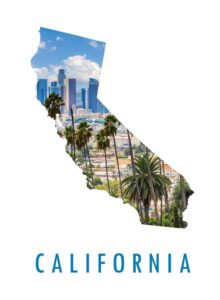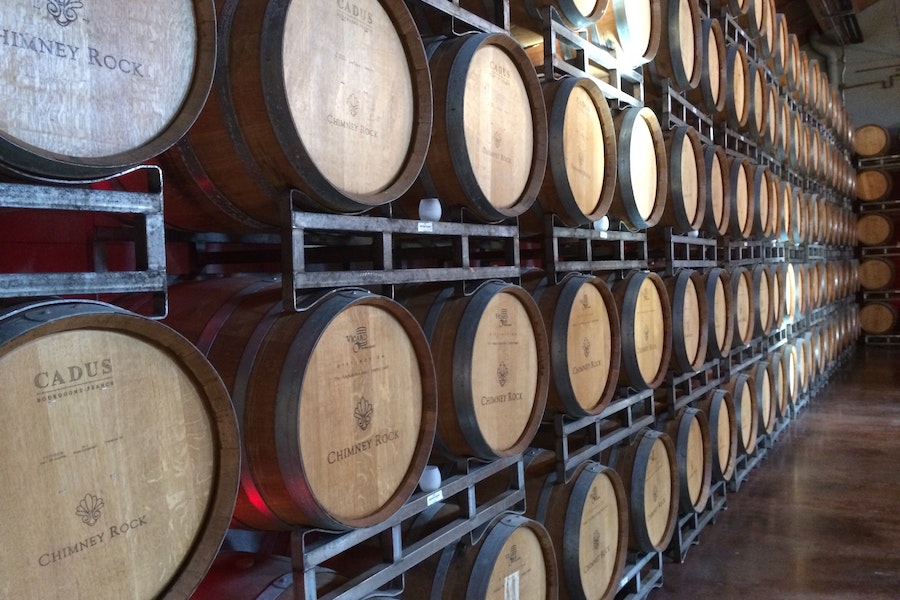Delivering Alcoholic from Producers to Retailers –
Alcohol distribution is a vital component of the beverage industry, encompassing the intricate process of transporting alcoholic beverages from producers to consumers or retailers. This process involves a well-coordinated network of producers, distributors, wholesalers, retailers, and sometimes, even consumers. In this article, we delve into the multifaceted journey that alcoholic beverages take from production facilities to the hands of those who enjoy them, highlighting the key players and stages involved in the alcohol distribution process.
The Producers: Crafting the Beverages
The journey of an alcoholic beverage begins with its creation by producers, which can range from large-scale breweries, wineries, and distilleries to smaller craft brewers and boutique distilleries. These producers are responsible for formulating, brewing, fermenting, and distilling a diverse array of alcoholic beverages, including beer, wine, spirits, and more. The quality and uniqueness of the product are paramount at this stage, as it sets the foundation for its success in the market.
distilleries to smaller craft brewers and boutique distilleries. These producers are responsible for formulating, brewing, fermenting, and distilling a diverse array of alcoholic beverages, including beer, wine, spirits, and more. The quality and uniqueness of the product are paramount at this stage, as it sets the foundation for its success in the market.
Distributors: Bridging the Gap
Distributors play a crucial role in the alcohol distribution process by acting as intermediaries between producers and retailers. They purchase alcoholic beverages in bulk from producers and handle the logistics and storage of the products. Distributors possess the necessary licenses to operate within their designated regions and often have established relationships with a wide range of producers. Their expertise lies in efficiently coordinating the transportation and delivery of alcoholic beverages to various points in the distribution network.
Wholesalers: Facilitating Large-Scale Distribution
Wholesalers, also known as wholesale distributors, form another pivotal link in the alcohol distribution chain. They purchase alcoholic beverages from producers or distributors in large quantities and then distribute them to retailers, including bars, restaurants, liquor stores, and other establishments. Wholesalers focus on large-scale distribution, supplying a broad range of alcoholic beverages to meet the demands of their diverse customer base.
Retailers: Connecting with Consumers
Retailers represent the final link in the distribution chain, bridging the gap between the producers and consumers. These entities, whether physical stores or online platforms, provide a platform for consumers to purchase a wide selection of alcoholic beverages, often tailoring their inventory to suit the preferences and demographics of their clientele. Retailers may also include bars and restaurants where patrons can enjoy beverages on-site.
The Distribution Process
The distribution of alcoholic beverages involves a sequence of stages, each crucial for ensuring the products reach their intended destinations in optimal condition. Here’s a step-by-step breakdown of the distribution process:
1. Order Placement:
– Retailers and wholesalers place orders for alcoholic beverages based on customer demand and inventory requirements.
2. Order Processing:
– Distributors and wholesalers process the orders, verifying inventory availability and preparing the requested products for shipment.
3. Picking and Packing:
– Staff at distribution centers pick the ordered products from the inventory and pack them securely for transport, ensuring they are well-protected during transit.
4. Transportation:
– Alcoholic beverages are loaded onto trucks, ships, or other modes of transport based on the destination and volume of the order. The transportation process involves careful monitoring to maintain product quality and safety.
5. Delivery to Retailers:
– Once at the retailer’s location, the beverages are either directly delivered to the shelves or stored in their inventory for future sales.
6. Retail Sale:
– Consumers purchase the alcoholic beverages from retailers, either for immediate consumption or to take home.
Regulatory Compliance: A Fundamental Aspect
Regulatory compliance is a cornerstone of the alcohol distribution process, given the highly regulated nature of the industry. Compliance with federal, state, and local laws is essential at every stage to ensure the legal distribution of alcoholic beverages. This compliance covers licensing, labeling, transportation regulations, and adherence to age restrictions for buyers.
1. Licensing:
– Producers, distributors, wholesalers, and retailers are required to obtain the necessary licenses from relevant authorities to operate legally within their jurisdictions.
2. Labeling and Packaging:
– Alcoholic beverages must comply with specific labeling and packaging regulations, including providing information such as alcohol content, warnings, producer details, and more.
3. Transportation Compliance:
– Transportation of alcoholic beverages is subject to various regulations, including restrictions on the hours of transport, permitted routes, and vehicle specifications.
4. Age Verification:
– Retailers are obligated to verify the age of buyers to prevent the sale of alcoholic beverages to minors, ensuring compliance with legal drinking age requirements.
The Future of Alcohol Distribution
Advancements in technology and shifts in consumer preferences are shaping the future of alcohol distribution. E-commerce platforms are becoming increasingly popular, allowing consumers to purchase alcoholic beverages online and have them delivered to their doorstep. Furthermore, the rise of craft breweries and distilleries has led to an emphasis on smaller, local distributors, promoting the concept of “buying local” and supporting community businesses.
The alcohol distribution process is a highly organized and intricate network involving producers, distributors, wholesalers, and retailers. Each entity plays a vital role in ensuring that alcoholic beverages reach consumers legally and efficiently. Regulatory compliance is a key aspect of this process, ensuring adherence to laws and regulations governing the sale and distribution of alcoholic beverages. As the industry evolves with technology and consumer preferences, staying informed about the changing landscape is vital for all stakeholders involved in alcohol distribution. Contact us to learn more.



